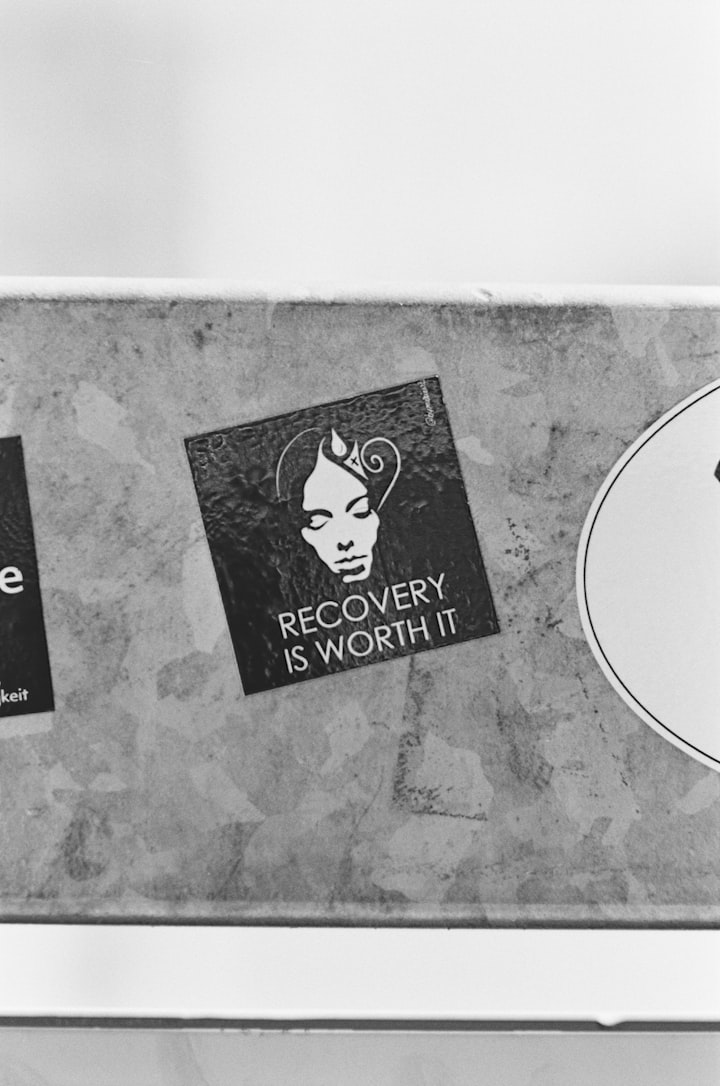The Growing Threat of Global Poverty
It has been forecasted that just over 702 million individuals down from the original 2 billion in the year 1990 are considered to be living under extreme poverty. Within this statistic, nearly 50 percent live in Sub-Saharan Africa and nearly 15 percent in South Asia.

Between the years 1990 and 2015, the World Bank reported that the percentage of the global population living under extreme poverty conditions reduced from as high as 37 percent to as low as 10 percent, a substantial reduction for such a short time frame never before seen in history.
Behind the figures of inequality and poverty are the lives of just under 1.5 billion individuals living in some of the worst conditions imaginable. Given my standard of living as a citizen, I fall more in line with the functionalist perspective but maintain thankfulness and appreciation for the fact that I have the opportunity to reach higher success unlike much of the developing world.
Core issues and solutions
The World Bank, a primary source of information on global poverty and responsible for the creation of the International Poverty Line, recently revised the benchmark in the year 2015 in order to more accurately classify those living under extremely scarce financial conditions.
Since that time, an individual is considered to be living under poverty in the event that they live on less than a figure of 1.9 international dollars on a daily basis. It is essential to note that such a measurement is based solely on the monetary value of consumption.
Conversely, measures of income are only utilized in nations where reliable measures for consumption are not present. One particular challenge when attempting to measure global poverty is the fact that price levels differentiate substantially across the world.
Therefore, it is not enough to convert the levels of consumption between citizens living in different countries by the specific market exchange rates; one must also adjust for the differences in buying power using what is known as Purchasing Power Parity adjustments.
The primary strategies implemented by world governments to increase the affordability of basic needs; including the provision of financial services, economic freedoms, and federal welfare.
Cultural Relativism and Ethnocentrism
Luckily, it has been forecasted that just over 702 million individuals down from the original 2 billion in the year 1990 are considered to be living under extreme poverty. Within this statistic, nearly 50 percent live in Sub-Saharan Africa and nearly 15 percent in South Asia.
Between the years 1990 and 2015, the World Bank reported that the percentage of the global population living under extreme poverty conditions reduced from as high as 37 percent to as low as 10 percent, a substantial reduction for such a short time frame never before seen in history.
However, given the current model of the world economy centered around the gross domestic product (GDP), it would take nearly a century to return the world’s poorest to the previous poverty line that was worth $1.25 on a daily basis.
Poverty is intrinsically connected to the concept of welfare and is indicative of a global challenge observed in every single part of the world. As of 2017 in the United States, nearly 33 percent of all American citizens were receiving federal food stamps to provide assistance to purchase sustenance given their exceptionally low income.
Application of theories to global poverty
Given the onset of increasing productivity, the rise of industrialization, and the exponential growth of information technology, the portion of individuals living in poverty around the world has begun to decrease.
Furthermore, this share has continuously reduced over the past 200 years. Aside from the aforementioned variables, the two closely linked catalysts to such an improvement include the expansion of worldwide education and the refinement of global health.
Regardless, there are a number of methodologies implemented by policymakers and researchers to measure welfare. A longstanding tradition in the field of economics is to measure welfare using income and consumption as the key indicators. However, other starting points now include more subjective perspectives such as basic needs, minimum human rights, and capabilities.
These play critical roles in policy and academia and are necessary for inter-relation. According to the Gallup World Poll which asked large populations of citizens around the world their opinion on not only their income but also their standard of living found that generally speaking, those living in poorer nations appear to be less satisfied with their standards.
Main sociological theories
Behind the figures of inequality and poverty are the lives of just under 1.5 billion individuals living in some of the worst conditions imaginable. Many deadly diseases including starvation, AIDS, and malaria are commonplace; resulting in staggering numbers of children passing away before even reaching adolescence and many adults dying before reaching what is considered middle age.
Even despite humanity’s technological advancements the reduction in price for computer power, millions of individuals living in the poorest nations are illiterate, and access to higher education in addition to the way of life for middle-class citizens appears foreign to them.
Perhaps the most essential statistic of human development includes the state of a country’s health. When documentaries peer into the lives of those around the world, it is clear that global poverty is more than a lack of money; it is a matter between life and death as the clearest proof of such fact is delivered in the form of life expectancy, the average number of years that a group of citizens is estimated to live.
In both Western Europe and North America, the life expectancy rate is at the highest, yet in continental regions such as South Asia and Africa, the life expectancy is as much as 30 years shorter.
On average, men living in the wealthiest nations can expect to live up to nearly 80 years compared to just under 57 in poor nations. In a similar way, women on average can live beyond 80 years in wealthy nations compared to under 60 in poor nations. For the two sexes, the poor nations’ life expectancy is reduced by 20 and 24 years respectively.
Moreover, poverty has developed into a social phenomenon that reflects the consequences of a substantially reduced income than the lack of it. According to researchers, humans are inherently social creatures who are constantly involved in a series of relationships that exert changing and complex pressures as much as their consumption of services and goods.
This concept has received theoretical support and extensive testimony from individuals currently experiencing poverty. Consumption and participation have evolved into critical mechanisms for which people communicate and establish their position and identity in society by increasing the premium connected to the resources required for participation.
Additionally, social exclusion is a new concept added to the compendium of related terms as a way to describe the process in which individuals living with lower incomes can become politically and socially detached from mainstream society and its opportunities.
In a similar way, western society especially has become more complex with respect to lifestyle choices, ethnic diversity, and multiculturalism such that there is no one single concept that defines all of poverty.
This specifically outlines the concept of symbolic interactionism which attaches an individual to both their profession and the number of resources they currently possess at their disposal.
Conclusion
In accordance with functionalism, both inequality and stratification are in fact constructive terms designed to benefit society and the specific privileges attached to the individuals motivated to achieve high status through their personal qualifications.
This logic dictates that inequality guarantees that the most functionally essential professions are filled by the individuals of the highest qualification. Conversely, it has been argued by conflict theorists that such stratification is harmful and dysfunctional to society; resulting in nothing more than a desperate competition between the poor and the rich to fight for their own financial advantage.
However, these theorists maintain the notion that inequality and competition are not inevitable but are in point of fact managed and created by individuals trying to acquire access to resources that are scarce.
Given my standard of living as a citizen, I fall more in line with the functionalist perspective but maintain thankfulness and appreciation for the fact that I have the opportunity to reach higher success unlike much of the developing world.
About the Creator
Arbiter Writing
A freelance content agency with over 6 years of experience in the field of professional writing and editing services. We perform research based on topics of clients' choosing and provide SEO-optimized blog posts, articles, and copywriting.






Comments
There are no comments for this story
Be the first to respond and start the conversation.